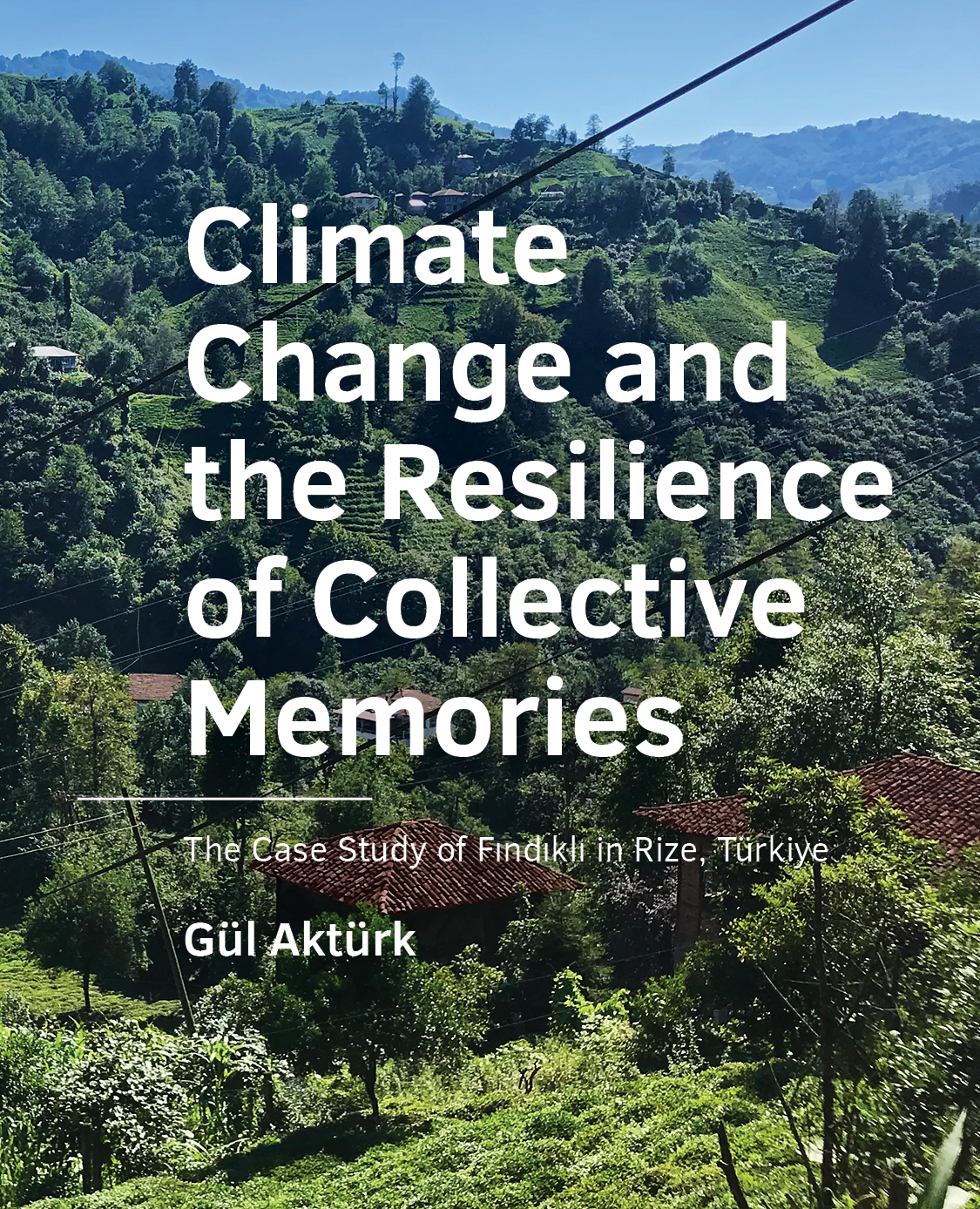Climate Change and the Resilience of Collective Memories
The Case Study of Fındıklı in Rize, Türkiye
DOI:
https://doi.org/10.7480/abe.2023.01.6889Abstract
Vernacular heritage sites encompass customs, practices, places, objects, artistic expressions, and values that are innate to a particular place and time. Climate knowledge of the particular place and time is embedded in vernacular settlements and lifestyles along with other environmental, cultural, and societal determinants of the place. Rebuilt, restored, and adapted, vernacular settlements evolved with changing climate, cultural practices, community aspirations, and a gradual influx of modernization and urbanization. However, its legacy —as represented by traditional houses from the pre-industrial period that were built by laypeople— is challenged by climate and disaster risks, e.g., loss of lands, food sources, water resources, intangible values, and displacement. Although the impacts of climate change combined with anthropic influences have been recognized as a threat to cultural heritage by scholars, this underappreciated form of cultural heritage has not been the focus of the integrated understanding risks of climate and disaster discussions. The aim of this dissertation, therefore, is to reveal the deteriorations caused by changing climate and anthropic interventions on vernacular heritage at both spatial planning decisions such as urban development projects and at local level practices such as maladaptation from the case of Fındıklı of Rize in Turkiye. The factors behind the deterioration of vernacular heritage sites under changing climate and the ways to achieve climate resilience are analysed through interviews with local people, the observations of on-site visits conducted in January and July 2019 in addition to mapping.






